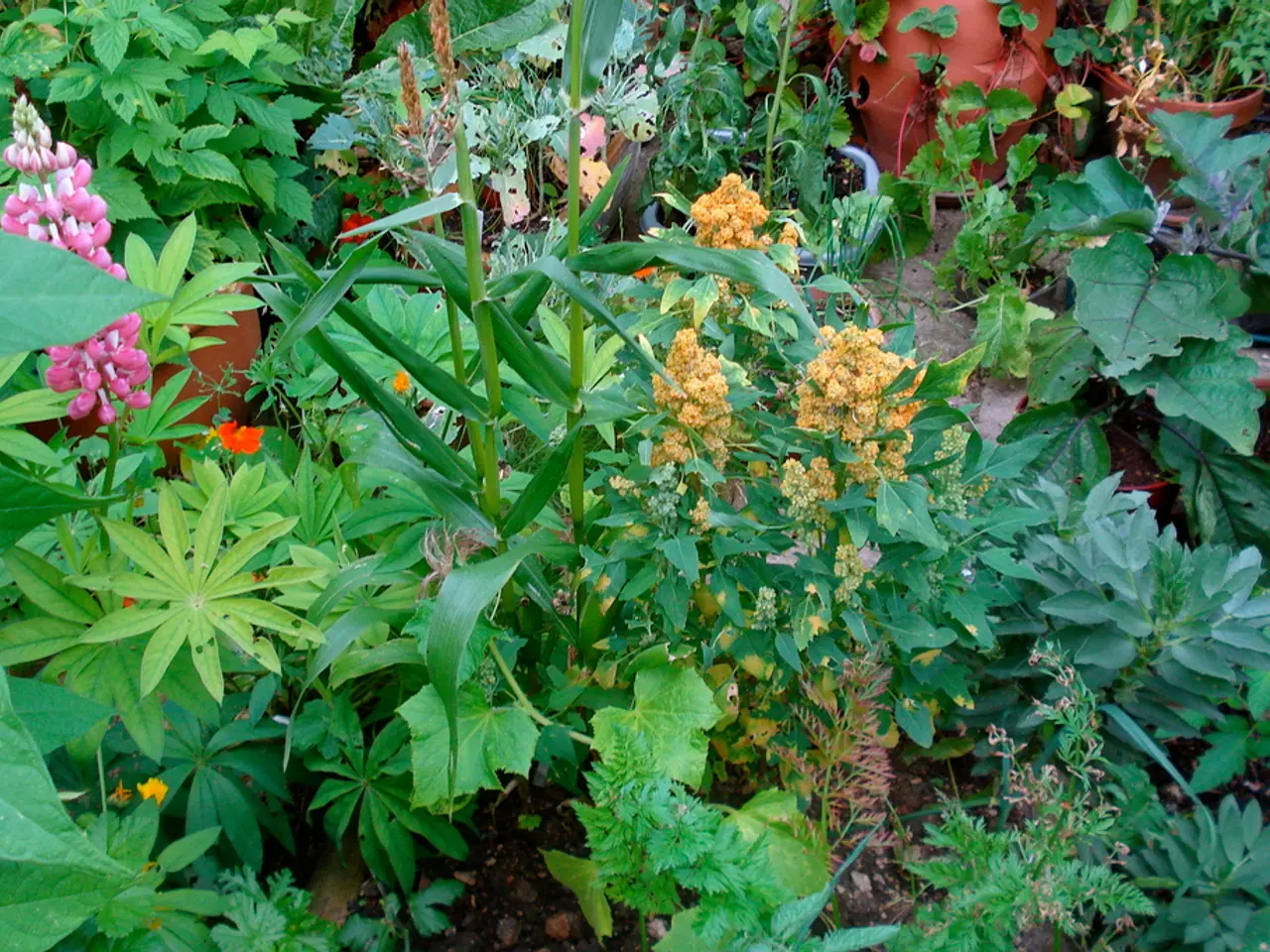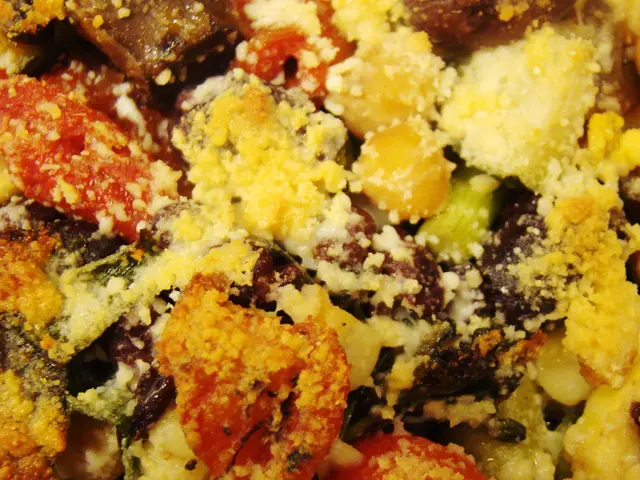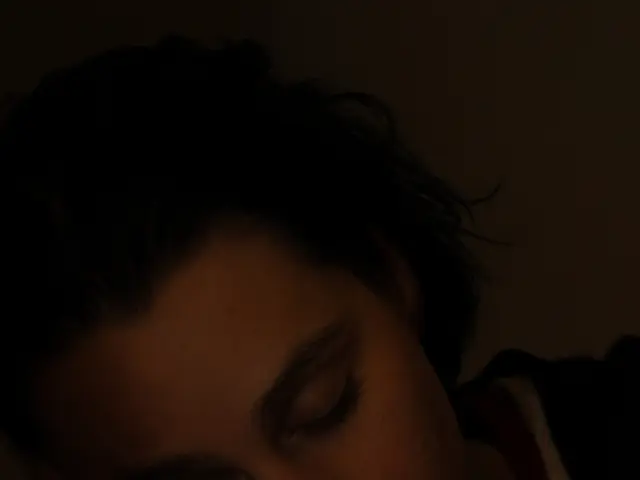Toxic Substances Discovered in Lübeck's Botanical Sites
In the heart of Lübeck, where the gardening season is currently in full swing, it's crucial to be mindful of the plants gracing our gardens and homes. Many native garden plants in Lübeck, as well as popular houseplants, can pose significant health risks, particularly for children and pets.
The ten most dangerous poisonous plants to be aware of are:
1. **Rosary Pea (Abrus precatorius)**: With its seeds often used in jewelry, this plant is particularly dangerous for children. Ingestion of a single seed can cause nausea, vomiting, severe abdominal pain, organ failure, and even death.
2. **Water Hemlock (Cicuta maculata)**: One of the most toxic plants in the world, water hemlock can cause seizures, respiratory failure, and death, even in small amounts.
3. **Deadly Nightshade (Atropa belladonna)**: Known for historical poisonings, this plant causes dilated pupils, hallucinations, seizures, and can be fatal.
4. **Rhubarb Leaves (Rheum rhabarbarum)**: Eating large quantities of leaves can cause severe burning sensations in the mouth and digestive tract, kidney failure, and death.
5. **Hydrangea (Hydrangea arborescens)**: While beautiful, hydrangeas can cause cyanide poisoning, leading to vomiting, diarrhea, and depression, particularly dangerous for cats.
6. **Daffodils (Narcissus spp.)**: Ingestion causes drooling, vomiting, diarrhea, and in severe cases, seizures and cardiac arrhythmias, especially in pets like cats and dogs.
7. **Aloe Vera**: Toxic to dogs and cats, aloe vera causes vomiting, diarrhea, and lethargy.
8. **Lilies (Lilium spp.)**: Highly toxic to cats, lilies can cause kidney failure even from small exposures.
9. **Monstera (Monstera deliciosa)**: This popular houseplant causes oral irritation, excessive drooling, vomiting, and difficulty swallowing in pets.
10. **Chrysanthemum**: All parts of this plant are toxic and can cause vomiting, diarrhea, and skin irritation in pets.
When integrating houseplants into a living area, it's important to consider the presence of children and pets. Always wear garden gloves when planting to minimize potential exposure to toxic plants. It is advisable to seek information at a garden center before introducing a new plant species, especially if you have pets or young children.
Reinhard Wunsch, the AOK Service Regional Manager in Lübeck, is urging everyone to inform themselves about toxic plants before planting their home gardens. Last year, the Poison Information Centre North received 4,900 inquiries about suspected or confirmed plant poisoning cases.
While these toxic plants can be visually appealing, they can pose dangers. Be vigilant, and let's ensure our gardens remain safe havens for all.
- When considering houseplants for a living area, especially with children and pets present, it's crucial to be mindful of their potential toxicity.
- Incorporating popular houseplants like Monstera deliciosa into a home should be done with caution, as they can cause oral irritation and other health issues in pets.
- It's essential to wear garden gloves when planting to reduce the risk of exposure to toxic plants that can pose health risks, particularly for children and pets.
- In light of the number of reported cases, Reinhard Wunsch, the AOK Service Regional Manager in Lübeck, encourages everyone to research and educate themselves about toxic plants before planting their home gardens.




